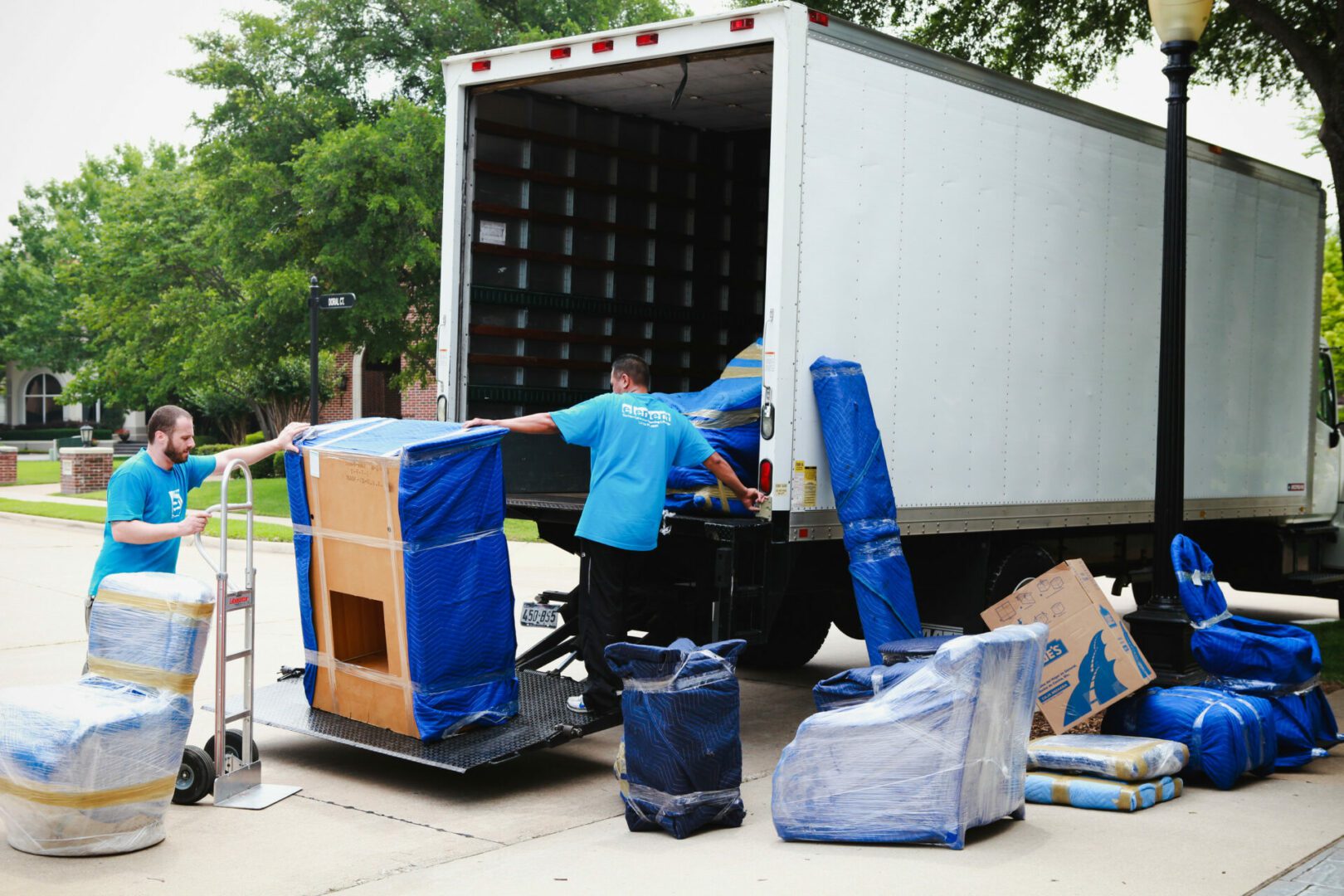Moving can be one of life’s most thrilling yet daunting experiences. Regardless if you’re moving across town or embarking on a long-distance journey, understanding the details of moving services can change all the outcome. From apartment moves to home moves, the right movers can facilitate your shift, ensuring your items arrive safely and on time.
In this ultimate manual, we will explore essential tips for both local and local and long-distance moving. You will discover how to choose the best moving services, what you will encounter during the process, and how to get ready for each type of relocation. With the right knowledge and preparation, you can transform what might seem like a overwhelming undertaking into a smooth and positive journey.
Deciding on the Best Relocation Services

As you planning a transition, regardless of whether it’s an apartment move or a more extensive residential transition, picking the best relocation solutions is crucial for guaranteeing a hassle-free transition. Begin by assessing your individual requirements, including the size of your home, the distance of the relocation, and any special belongings that demand handling during moving. Comprehending these elements will assist you determine if you require regional relocation solutions or if you’re getting ready for a remote relocation task.
Next, investigate potential moving services in your region. Look for companies that focus in both local and long-distance relocation services. Examine customer testimonials to gain information into their dependability, expertise, and handling of items. It’s vital to collect estimates from several movers to contrast prices and services. Be sure to ask about any extra fees that may be associated with your move to prevent unexpected costs.
Lastly, talk freely with your chosen relocation company about your requirements and anticipations. A good relocation service will offer you with concise information regarding their process, coverage choices, and what to expect on the date of the move. By building a strong rapport with your movers and talking through your concerns, you can guarantee that your relocation process, whether it be regional or remote, is as seamless as possible.
Local vs. Interstate Relocations
When evaluating moving companies, the difference between short-distance and extended relocations is crucial. Short-distance relocation typically involves moving inside the same city region or area, often under a specific number of mileage, typically around 50. This kind of relocation is usually quicker and can be less complicated, which makes it easier for movers to navigate familiar streets and logistics. Commonly, short-distance moves are wrapped up in a one day, allowing for effective planning and execution.
On the other hand, interstate relocation involves larger distances, often going beyond state lines or exceeding that 50-mile mark. This kind of move needs more thorough planning and consideration, such as planning the route, setting a timeline, and potentially dealing with laws for multiple jurisdictions. Long-distance relocation companies often supply extra services, including packing, storage options, and tracking systems to ensure your belongings reach securely and punctually.
Comprehending these distinctions is important when choosing the right movers for your needs. Local relocation often offers more adaptability and quicker timelines, while long-distance relocation demands more thorough services and preparation. Assessing your particular situation will help you decide which kind of moving service is most suitable for your needs, be it for small apartment relocations or larger residential relocations.
Advice for a Seamless Moving Experience
To facilitate a pleasant relocation, start by formulating a detailed relocation strategy well in advance. Determine your relocation date and arrange your moving services as early as possible to secure availability, especially during peak moving seasons. Make a list of activities, including packing, updating change of address, and setting up services at your new place. This method will help you keep focused and reduce stress before the move.
When packing, focus on decluttering to make the move easier. Go over every area and choose what to take, donate, or throw away. Use sturdy packing materials to safeguard your items, ensuring clear labels on boxes for easier unpacking. Additionally, remember to pack an essential items bag with key belongings such as documents, personal hygiene items, and a change of attire to ensure you have what you need at hand during the move.
Ultimately, communication is key during both short-distance and local and long-distance moves. Keep in touch with your movers to confirm logistics and schedules. If you are relocating to an apartment, be certain to book an elevator slot or parking spot if required. Being proactive and knowledgeable will help streamline the process and make your move as easy as possible, making your transition to your new home enjoyable.








